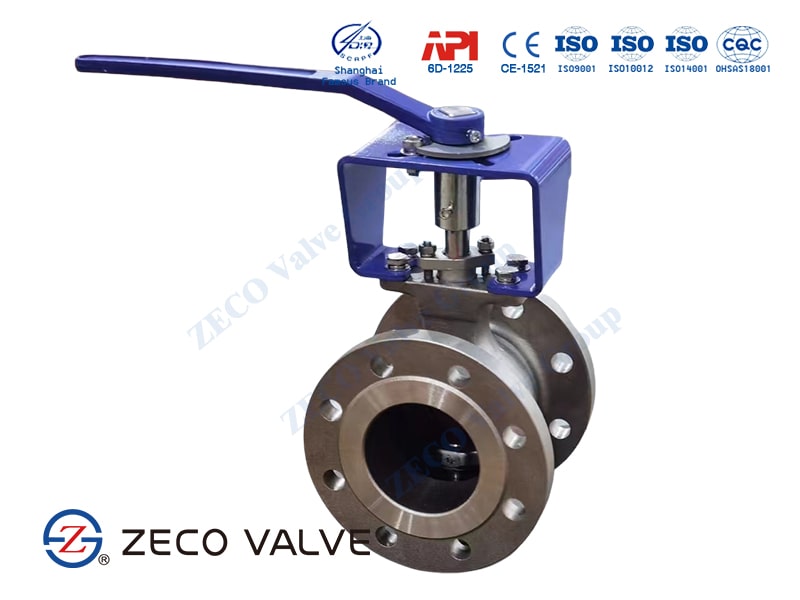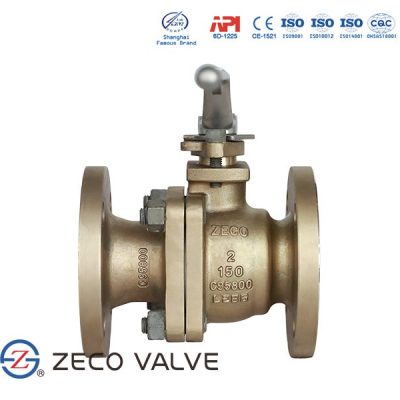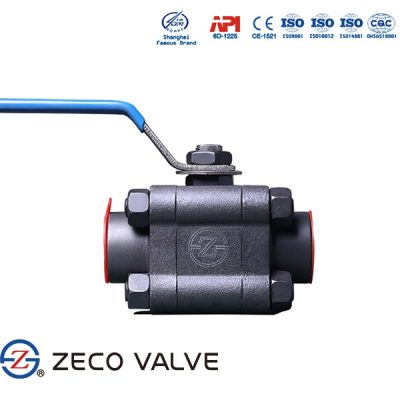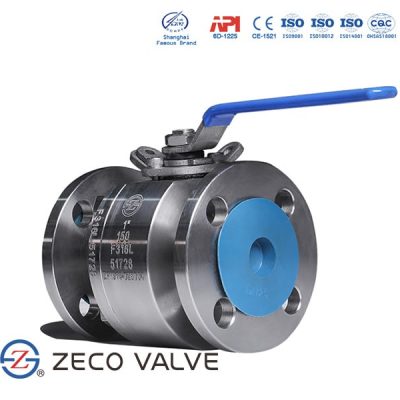V Ball Valve
Description
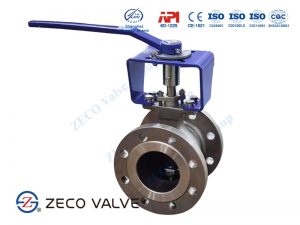
What is V Port Ball Valve?
A v-port ball valve is a control valve with a v-shaped seal or v-shaped ball. The ‘v’ shape allows for better fluid control. The molded v-bore differentiates the v-port ball valves from other ball valve types. The v bore is available in either a 15⁰, 30⁰, 45⁰, 60⁰, or 90⁰ angle.
V-port ball control valves are generally preferred for fluid control since they produce linear flow characteristics. A v-port ball valve’s flow characteristics are different from that of standard port ball valves. The fluid flow through a v-port ball valve increases linearly with an increase in shaft rotation. V-ball control valves have high strength to withstand the high velocity of fluids flowing through the valves.
How does a V Ball Valve Work?
When v ball valves are in the closed position, and opening commences, the small end of the ‘v’ opens first. This allows stable flow control during this stage. The design generally calls for a more robust construction because the higher velocities of fluids might damage standard valves. Although a control valve, v-port ball valves are not considered as accurate as a globe valve, pressure regulating valve, balancing valve, or needle valve.
Are V Ball Valves Directional?
Most ball valves are bidirectional and feature two fixed or floating seats on the upstream and downstream sides of the valve.
Advantages of V Ball Valves
- Low Pressure Drop
- The V-port design allows the material to flow straight through the valve, minimizing pressure drop across the valve. V-ball valves also have higher flow coefficients (Cv) compared to other control valve types of a similar size; this means that a smaller V-ball valve can be used to achieve the same flow rates as a comparable control valve of a larger size.
- Bubble Tight Shut-Off
- V-port ball valves use the “floating ball principle, which will provide a bubble tight shut-off in addition to the modulating flow control. When the valve is closed, upstream pressure pushes the ball against the downstream seat, thus enhancing the seal. These can control or shut off the bi-directional flow, which proves to be especially beneficial in gas applications. Comparable control valves often require additional shut-off valves; V-ball valves eliminate the need for these additional valves, saving the user cost and reducing the number of overall components in the system.
- Precise Flow Control
- Precision machined V-ball valves are available with 60° and 90° V openings and offer equal percentage flow characteristics. As the ball rotates, desired flow rates can be achieved by positioning the ball anywhere between 0° and 90°. Response time is also increased due to the ability to use smaller actuators with these valves.
- High Shut-Off Pressure
- V-ball valves feature a quarter turn (90°) ball rotation, allowing them to operate and shut off at much higher working pressures. Because of this, smaller lower torque actuators can be used, which results in cost savings and higher efficiency in the user’s application.
Applications of V Notch Ball Valve
In general terms, ball valves are used in a variety of applications and markets, such as transmission and storage, gas processing, industrial, and many more. V-Port Ball valves are commonly used in the acid transfer, agriculture, bleach chemicals, water treatment, leaching acid, pharmaceuticals, waste processing, and food processing.

